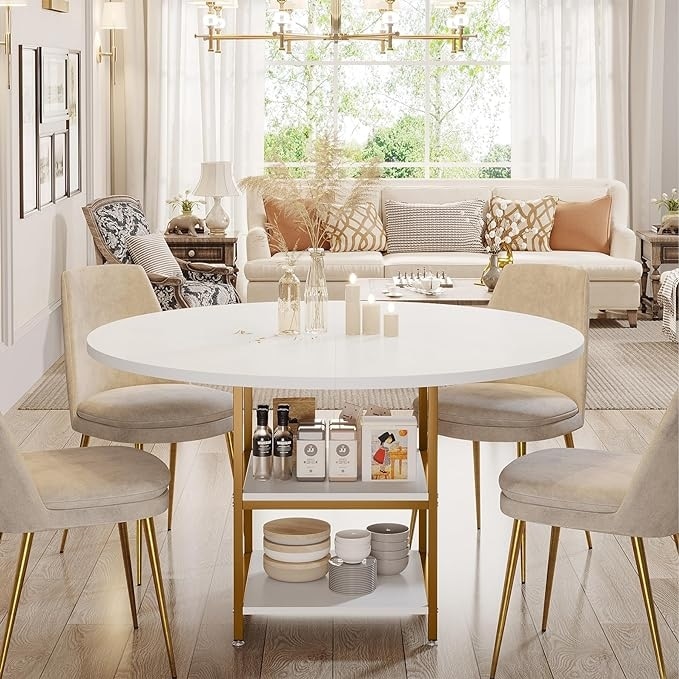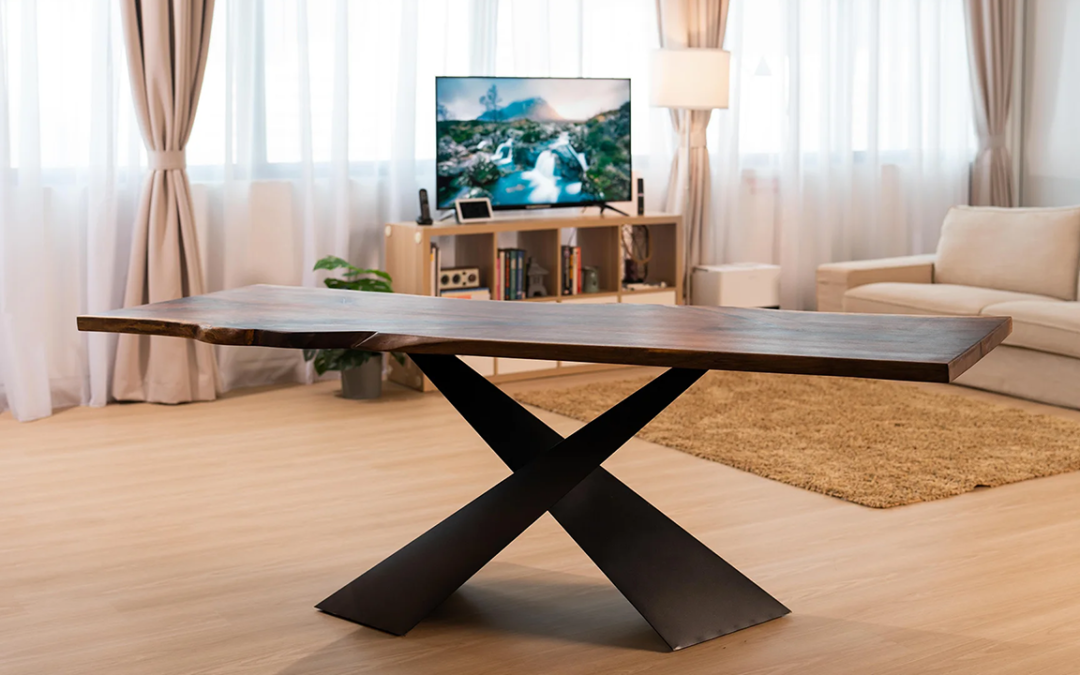Why Dining Room Table Legs Are Crucial for Your Table’s Stability
Why Dining Room Table Legs Are Crucial for Your Table’s Stability
Blog Article
From Conventional to Modern: Find the Ideal Dining-room Table Legs for Your Style
While timeless layouts such as cabriole and turned legs evoke a sense of ageless sophistication, modern styles like hairpin and geometric choices present a chance for striking visual passion. As you consider these components, the question continues to be: exactly how can you seamlessly integrate these varied leg styles to develop a harmonious dining experience?
Recognizing Table Leg Styles
The variety of dining-room table leg designs can dramatically influence both the appearances and functionality of the space. Each leg design contributes distinct functional attributes and visual components, dealing with diverse layout choices and use demands. Comprehending these styles is important for selecting the best dining table that aligns with your total interior decoration vision.
As an example, tapered legs supply a tidy, timeless appearance that can boost an area's elegance, while stand bases provide stability and make best use of legroom, making them ideal for smaller sized areas. Barrette legs, a characteristic of mid-century modern-day layout, present an industrial panache, enabling a ventilated, open feel. Trestle legs evoke rustic beauty, providing robust assistance and a sense of eternity.
In addition, the selection of products plays a considerable function. Wood legs can bring heat and texture, whereas steel choices often share a sleek, modern ambiance. Eventually, recognizing table leg styles is important for developing a cohesive dining area that mirrors personal style while making certain functionality and comfort. By attentively thinking about these elements, you can boost both the practical and aesthetic appeal of your eating area.
Typical Table Leg Options
When choosing eating space table legs, traditional alternatives often personify ageless style and craftsmanship. These layouts mirror a rich heritage and a dedication to high quality, making them excellent for those who appreciate classic aesthetics.
One of one of the most renowned standard leg designs is the cabriole leg, identified by its elegant curved shape. This style commonly features ornamental makings and is most typically discovered in Queen Anne and Chippendale furnishings. Another prominent alternative is the turned leg, which boasts a collection of smooth, rounded forms that give a traditional look while preserving stability.
In addition, the straight leg, while straightforward, supplies a basic and tough structure that can mix seamlessly with a variety of tabletop styles. For those attracted to ornate describing, claw-and-ball feet legs stimulate a sense of splendour and can work as a stunning centerpiece in any eating area.
Lastly, stand bases, although not purely legs, supply a different typical option that enables adequate legroom and can be magnificently sculpted. Each of these typical leg designs adds to the total setting of a dining room, marrying feature useful site with aesthetic appeal.

Modern Table Leg Designs
Modern table leg styles offer a varied variety of styles that highlight tidy lines and cutting-edge products. These styles commonly focus on performance while working as striking focal factors within a dining space. Minimalist appearances prevail, with legs crafted from materials such as steel, glass, and crafted timber, which add to a airy and contemporary feeling.
One popular style is the barrette leg, identified by its slim, conical framework that offers security without frustrating the tabletop (dining room table legs). This style is commonly discovered in mid-century contemporary furniture and can easily match different table shapes. Another pattern is the usage of geometric shapes, where legs may handle angular or unbalanced types, including aesthetic rate of interest and a touch of creativity

Mixing Styles for Special Spaces
Commonly, homeowners look for to develop distinct eating spaces that show their individual design by this hyperlink blending various design elements. This strategy permits the incorporation of diverse looks, resulting in an unified yet distinct environment. Pairing a rustic wood table with smooth, modern steel legs can develop a captivating comparison that elevates the area's general appeal.
Furthermore, incorporating vintage table legs with contemporary tabletops can evoke a sense of history while keeping a modern perceptiveness. Such combinations not just display private taste yet likewise encourage creativity, permitting home owners to curate an area that feels both individual and welcoming.
Color plays a crucial role in this blending procedure; selecting table legs that complement or comparison with the existing color pattern can improve visual passion. Whitewashed legs can soften the boldness of a dark table surface area, producing a well balanced visual.
Tips for Choosing the Right Legs
Picking the right table legs is necessary for attaining both capability and this post aesthetic allure in your dining room. Begin by thinking about the total style of your area. Conventional setups benefit from legs that include elaborate makings or turned layouts, while contemporary rooms may ask for sleek, minimal designs.
Next, analyze the height and security of the legs. dining room table legs. Basic table range in between 28 to 30 inches in height, so make certain the legs match this dimension for comfort. In addition, durable products, such as hardwood or metal, can boost stability and long life
Evaluate the leg shape also-- alternatives include directly, tapered, or stand designs. Straight legs offer a timeless appearance, while conical legs can add a touch of beauty. Pedestal bases give sufficient legroom and are ideal for smaller sized rooms.
Final Thought
In summary, choosing the excellent dining room table legs needs cautious factor to consider of both contemporary and standard styles. Typical alternatives such as cabriole and transformed legs offer classic elegance, while modern layouts like hairpin and geometric forms provide a modern touch. By harmonizing leg style, height, and material with the overall design, a cohesive and welcoming ambience can be achieved. Inevitably, the selected table legs should mirror the desired visual, boosting the dining experience within the area.
The selection of eating room table leg styles can substantially affect both the aesthetic appeals and capability of the area. Eventually, understanding table leg styles is important for creating a natural eating location that reflects individual design while guaranteeing functionality and convenience.One of the most legendary standard leg styles is the cabriole leg, characterized by its elegant rounded shape. Straight legs provide a timeless appearance, while tapered legs can include a touch of sophistication.In summary, picking the ideal dining area table legs needs mindful consideration of both standard and modern styles.
Report this page